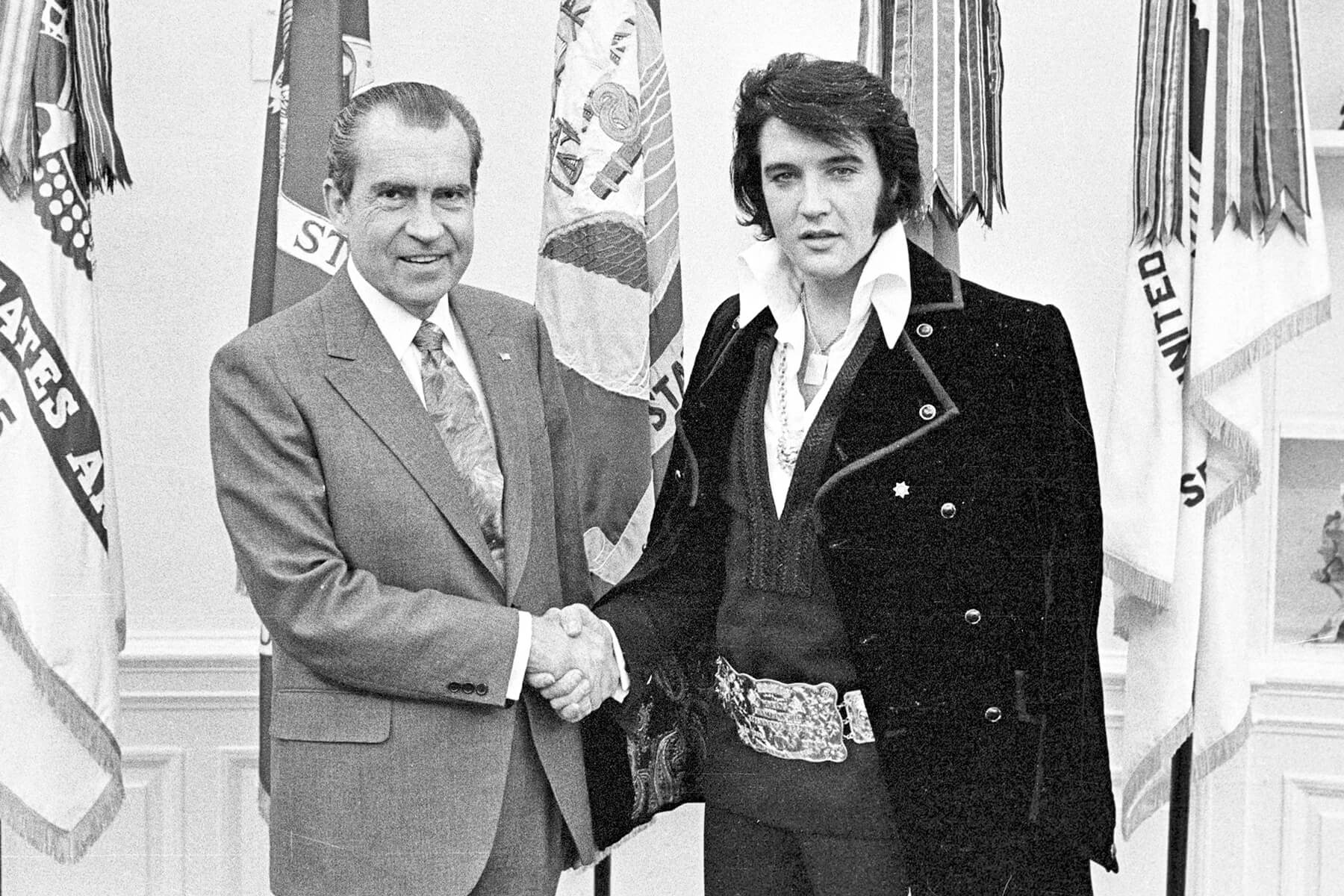Whenever I hear one of my friends talking about how they only wash their hair once a week (or less!), I’m enraged with jealousy. I think of all the time I spend washing my hair, drying it, and styling it to perfection almost every day. How can I become one of the lucky folks who barely need to shampoo their strands? Well, according to my friends, they’ve trained their scalps to produce less oil over time. But how is that possible? Is it legit? And if so, how can I get in on the genius?
Hair training is a contentious subject on social media, and there are actually millions of posts covering the subject and teaching people how to train their hair. But as with most viral trends, I look at the hack with one skeptical eye open. To find out if this hair trend is healthy for your scalp, or works at all, I spoke with trichologist, cosmetologist, and V&Co. Beauty brand ambassador Sophia Emmanuel to get the scoop.

What Is Hair Training?
First, let’s break down what “hair training” actually means. “Hair training entails reducing how often you wash your hair to minimize oil production,” Emmanuel explains. “Rather than washing your hair every day or twice a day, you would gradually extend the days in between shampooing your hair to allow your hair to produce less oil.” So basically, the goal is to train your scalp to produce less oil and look less greasy over time.

Does Hair Training Work?
Unfortunately, the short answer is no. “[It’s] a myth that washing your hair with shampoo causes your scalp to produce more sebum,” Emmanuel says. “This is not true; if you use a pH-balanced shampoo, you can shampoo your hair as often as necessary to cleanse it.” In fact, you actually need to make sure you’re washing your hair frequently to ensure hair has a healthy environment to grow in, she says.
Not only does hair training not work, but it can actually encourage more scalp issues than you had before you attempted the trend. “This method encourages scalp conditions such as hair loss, dandruff, and itchy scalp to develop,” Emmanuel says.
However, she notes, you may be able to control sebum by adjusting your diet. Studies have shown it’s possible, so if you have an especially oily scalp, it could be worth a try. “Sebum is an oily substance produced by sebaceous glands. It moisturizes, lubricates, and protects the skin from bacteria and fungi,” Emmanuel says. “Certain foods influence sebum production through their influence on hormones and inflammation.”
Emmanuel adds that “reducing refined carbohydrates, sugary foods, fried foods, and dairy products is an option that will help control sebum production and create healthier skin” — and this goes for your scalp, too. “Incorporate omega-3 fatty acids such as flax seeds, fatty fish, and walnuts because of their anti-inflammatory benefits,” she continues. “Probiotics and fiber-rich foods such as fruits, vegetables, and whole grains also help manage sebum production.”

How Often Should You Wash Your Hair?
Like most beauty “rules,” this depends on the person. Certain scalp conditions can make you need to shampoo more often.: “If you have a scalp condition like dandruff or seborrheic dermatitis, you must shampoo your hair often to control flakes and reduce oil production,” Emmanuel says. “Someone in this category would need to shampoo their hair [at least] twice a week.”
How often you suds up also depends on your hair type. Those with fine or thin hair will need to shampoo more often than those with curly or coily hair. Your curl pattern matters, too. “Type 1, 2, or 3 could shampoo twice a week, while type 4 can [shampoo less often,]” Emmanuel says, noting that curly hair needs more hydration. Those with 4C (curly/coily) hair can use co-wash conditioning shampoos instead of typical suds to keep from stripping hair of its natural oils.
And then there’s your lifestyle. Working out and sweating can cause an excess of bacteria buildup on your scalp. “Shampooing your hair in between workouts can help alleviate any itching or smells that show up after a workout,” Emmanuel says. “A person who works out [needs to shampoo more often], but in between workouts, they can use a dry shampoo to absorb oil and dirt on the scalp until it is time to rewash their hair.”
Finally, how often you shampoo is also about personal preference. “Some people shampoo their hair based on their time and what they feel their hair needs,” Emmanuel says.

How To Actually Keep Your Scalp From Getting Greasy
There are some trichologist-approved ways to limit the grease on your scalp. “Be sure to cleanse the scalp and hair properly, shampooing at least twice on wash days,” Emmanuel says. Yes, twice! Though this is really only necessary if you’re going a longer time in between shampoos. “Try using a scalp scrub or pre-shampoo treatment to detox your scalp before you shampoo your hair,” she adds. “These products can help control sebum and are safe to use each time you shampoo your hair.”
Emmanuel says you can use dry shampoo, but make sure it’s not replacing your regular shampoo routine. Instead, use it between wash days “to absorb excess oil, sebum, or dirt from your hair for a day or two.”
She also notes that you can use products that help enhance your hair’s volume so it looks less limp and greasy. Use a shampoo that has ingredients “such as biotin for stronger hair and amino acids that help hair strands look fuller,” she says.
This article is for general informational purposes only.
Affiliate Disclaimer Medical Disclaimer














 Unique Beauty is free for all users.
Unique Beauty is free for all users.